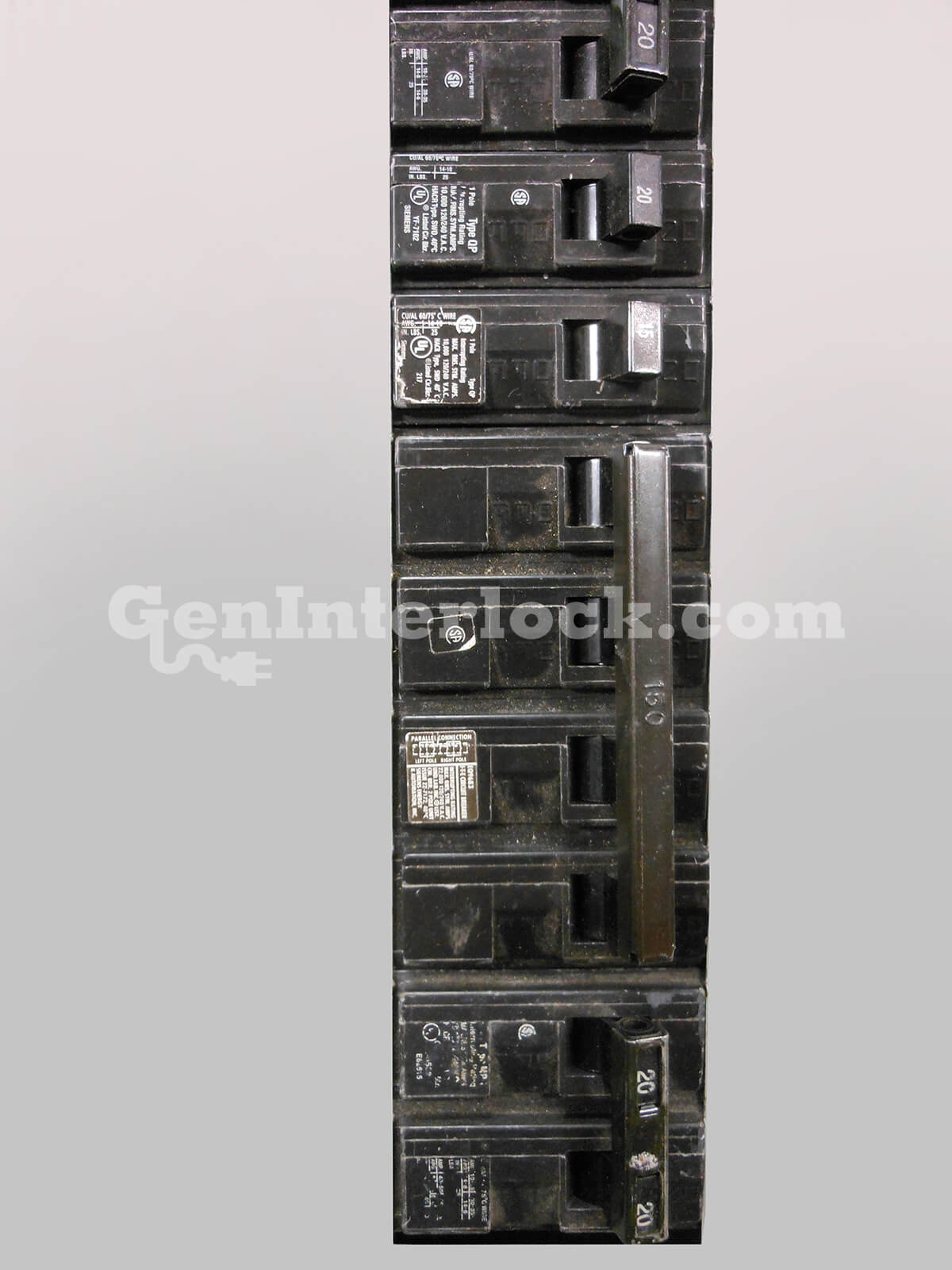Acxpert
Member
- Location
- San Francisco, CA USA
Looking for ideas on the most practical solution to connect a transfer switch to this Siemens combo panel.
The mains from the street come in to the bottom and outlet of the meter connects to the 200 amp main breaker in the panel.
Looking for an approved solution to connect to the new transfer switch without replacing the main panel.

Thanks.
The mains from the street come in to the bottom and outlet of the meter connects to the 200 amp main breaker in the panel.
Looking for an approved solution to connect to the new transfer switch without replacing the main panel.

Thanks.


